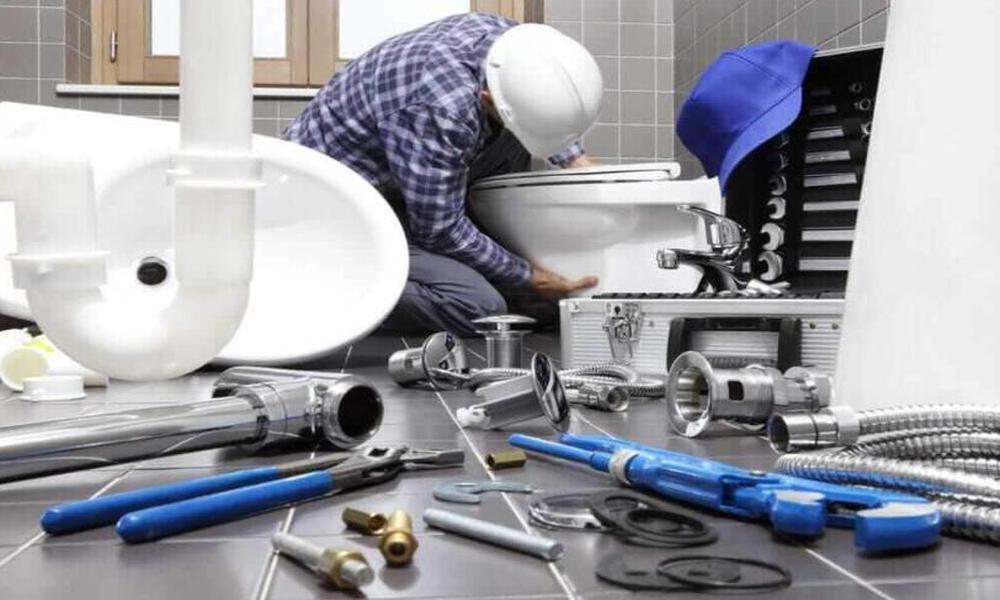With environment-friendly and sustainable building practices gaining popularity, incorporating energy-efficient plumbing systems is an important aspect of green building design. Efficient plumbing not only helps conserve water and reduce energy costs but also minimizes the carbon footprint of a building.
Conduct an audit of the current plumbing system
The first step is to thoroughly evaluate the existing plumbing system, if any, to identify areas that need upgrading. Check faucets, toilets, showers, and appliances connected to the plumbing system and inspect for leaks, high water pressure, inefficient fixtures, etc. This helps determine priorities for an upgrade. Also, review utility bills to estimate savings potential. Replacing old inefficient plumbing fixtures with low-flow alternatives allows major water savings. Low-flow showerheads, faucets, and toilets are readily available. For example, replacing a 3-gallon/minute showerhead with a 1.5-gallon/minute model saves 50% shower water. Similarly, replacing older toilets with low-flush or dual-flush models reduces water usage by 20-60%. Install aerators on faucets to further reduce flow.
Choose energy efficient water heaters
Traditional water heaters account for up to 18% of home energy costs. Opt for an on-demand or tankless water heating system that uses 30-50% less energy by heating water only when needed. If installing a tank system, choose one with insulation and heat traps. Setting the temperature at 120°F provides optimal efficiency. Install timers, heat pump technology, and solar water heaters for maximum energy savings. Ensure hot water lines are insulated to minimize heat loss as water travels from the heater to the fixtures. Use on-demand circulators and self-regulating heat cables to continuously recirculate and avoid letting water cool in long plumbing lines. Install pipes in conditioned rather than unconditioned spaces to prevent heat loss. Locate fixtures fed by a common plumbing line close together for efficient hot water delivery. plumber Sutherland Shire help you to fix all the problems.
Choose water efficient appliances
Dishwashers, clothes washers, and other water-using appliances should be high-efficiency and ENERGY STAR rated. Look for models offering various wash cycles, sensors to optimize water use, and ENERGY STAR certification to save energy and water. Only run appliances when fully loaded. Greywater from bathroom sinks, showers, and other sources is reused for flushing toilets or other non-potable purposes. Install dedicated greywater collection tanks and plumbing for irrigation or recycling. Ensure proper treatment and filtration to prevent clogging. Consider routing HVAC condensate lines to collection tanks.
Harvest rainwater
Installing rainwater harvesting systems allows for capturing water from roofs and surface runoff for later use in irrigation, flushing, and laundry. Carefully size collection tanks and optimal routing. Use rain barrels or underground tanks with proper screens, valves, and filters. Connect overflow to storm drainage lines. Opt for locally sourced, non-toxic, and sustainable materials for plumbing fixtures and pipes like metal alloys, glass, concrete, clay, composite wood, and PEX piping. Ensure durability and water efficiency when selecting finishes. Use lead-free materials for drinking water contact surfaces.
For sustainable architecture, partnering with adept plumbing design experts is pivotal. Their proficiency ensures seamless integration of energy-efficient plumbing solutions into green building designs. Expertise in eco-friendly materials, water-saving fixtures, and innovative systems not only reduces environmental impact but also optimizes energy consumption, aligning with modern sustainability standards.


